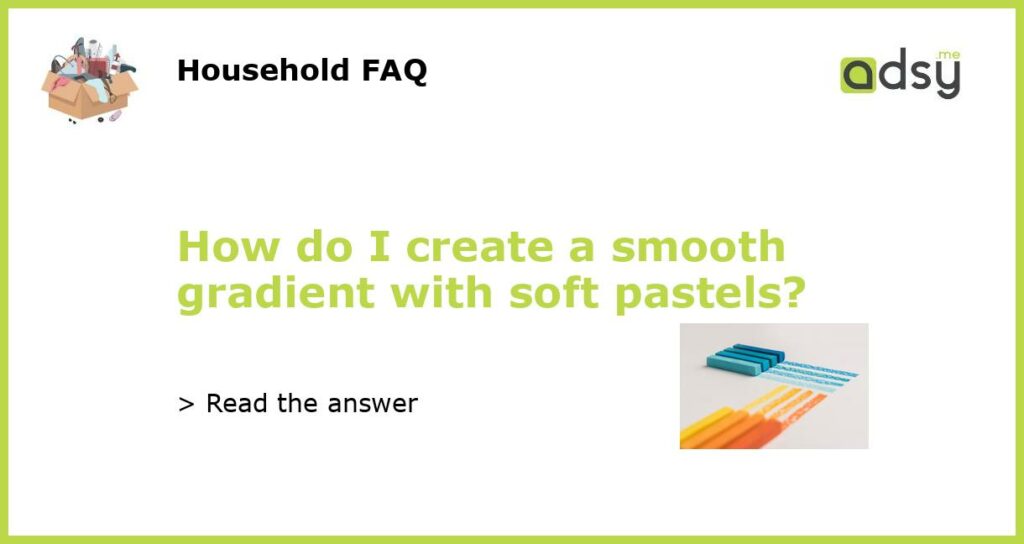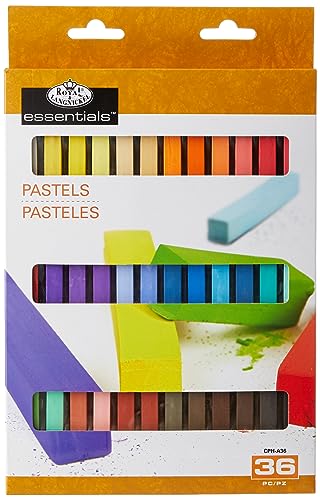Choosing the Right Colors
In order to create a smooth gradient with soft pastels, it is important to first choose the right colors. Soft pastels are known for their gentle, muted hues, so selecting colors that fall within this spectrum is key. Pastel pinks, blues, yellows, greens, and purples are popular choices for creating a soft gradient. You can either use a pre-made pastel color palette or choose colors individually to create your gradient. Just be sure to select colors that complement each other and create a harmonious flow.
Applying the Gradient Effect
Once you have chosen your colors, you can start applying the gradient effect. There are several techniques you can use, depending on your preference and the tools you have available. One common method is to use a soft brush or sponge to apply the colors in a layered fashion. Start by applying the lightest shade at the top and gradually blend in the darker shades as you move down. Use gentle strokes or pouncing motions to create a soft, seamless transition between colors. Another technique is to use a wet-on-wet technique, where you wet the paper or canvas before applying the colors. This allows the colors to blend together more easily and creates a smoother gradient.
Blending and Layering
In order to achieve a smooth and seamless gradient, blending and layering the colors is crucial. After applying the initial colors, use a blending tool, such as a blending stump or a soft brush, to smooth out any harsh lines or transitions. Blend the colors together gently, using circular motions or small strokes, until you achieve the desired effect. You can also layer additional colors on top of the initial gradient to create more depth and dimension. This can be especially effective in creating a smooth gradient with soft pastels, as it allows you to build up the colors gradually and achieve a more subtle transition.
Adding Texture and Detail
To enhance the gradient effect and add visual interest, consider adding texture and detail to your artwork. You can do this by using different techniques, such as stippling, cross-hatching, or scumbling. These techniques create small marks or patterns on the surface, which can add depth and dimension to the gradient. Experiment with different textures and observe how they interact with the colors to create a unique and visually appealing effect.
Experimenting and Practicing
Creating a smooth gradient with soft pastels requires practice and experimentation. It may take some time to master the technique and achieve the desired result. It is important to be patient and willing to make mistakes and learn from them. Keep practicing and exploring different color combinations, application techniques, and blending methods until you find a process that works best for you. Don’t be afraid to try new things and take risks with your artwork. Remember, creating art is a journey, and each piece is an opportunity to grow and improve your skills.






